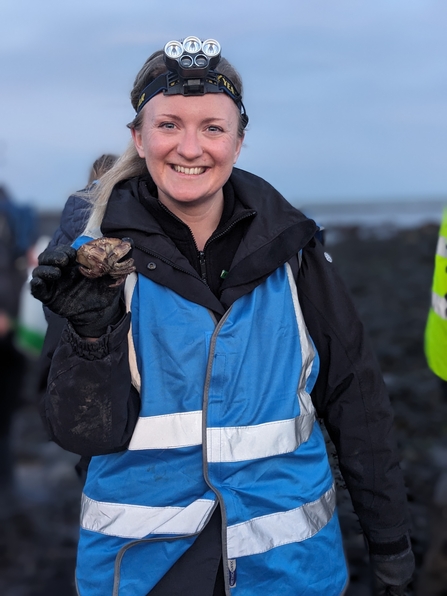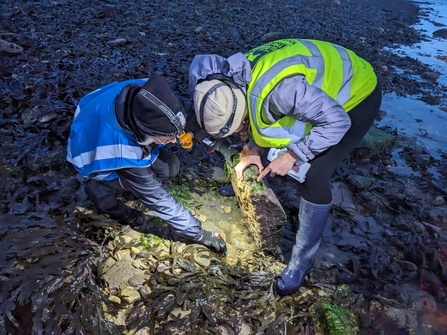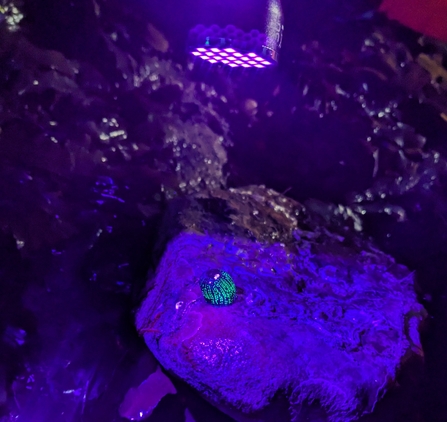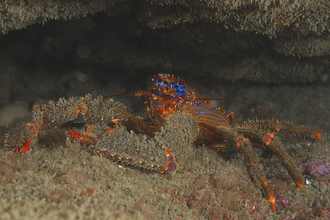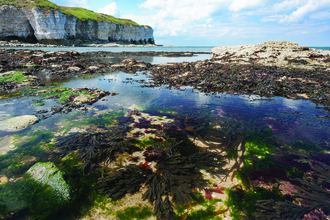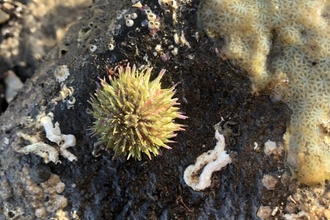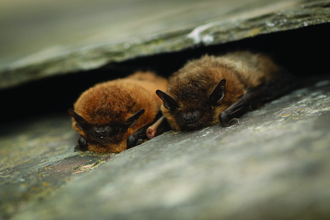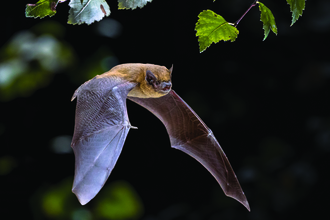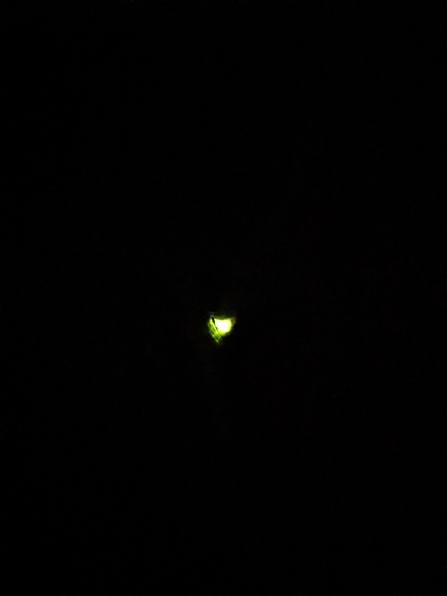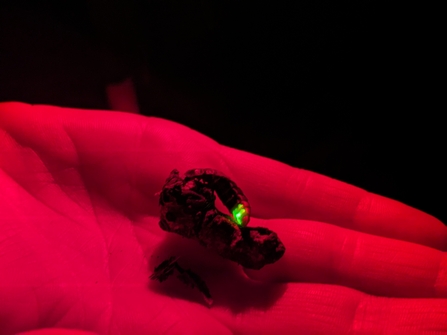Late one evening in the growing dusk, I joined a small gaggle of people in the car park of Yorkshire Wildlife Trust’s Living Seas Events Centre just outside Flamborough.
I love a trip to the beach – as someone who grew up in a county about as far from the sea as possible, visiting the seaside is still a novelty – but I had never been to the beach at night before. The extent of my rockpooling experience was finding the occasional limpet or red blobby anemone under a rock and slipping and sliding my way over the seaweed in jelly shoes, and I had absolutely no idea what to expect once dark had fallen – if indeed anything at all.
Most of us don’t think about wildlife at night – it’s tempting to assume the world sleeps when we do. Bats are an appropriately Hallowe’en-esque nighttime visitor, and owls, moths and foxes might get an honourable mention – but there is in fact a whole world of wildlife that makes the dark its home. The height of summer, when the evenings are long and warm, is the perfect time to get out and explore some of this more elusive wildlife; and so over the series of three or four weeks, I went out on several of Yorkshire Wildlife Trust’s night-time wild events.

